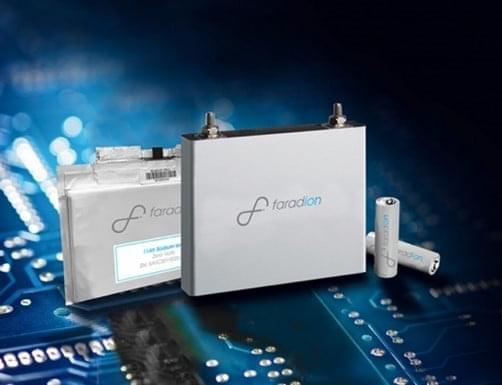While many smoking rooms in U.S. airports have closed in recent years, they are still common in other airports around the world. These lounges can be ventilated, but how much does it actually help the dispersion of smoke?
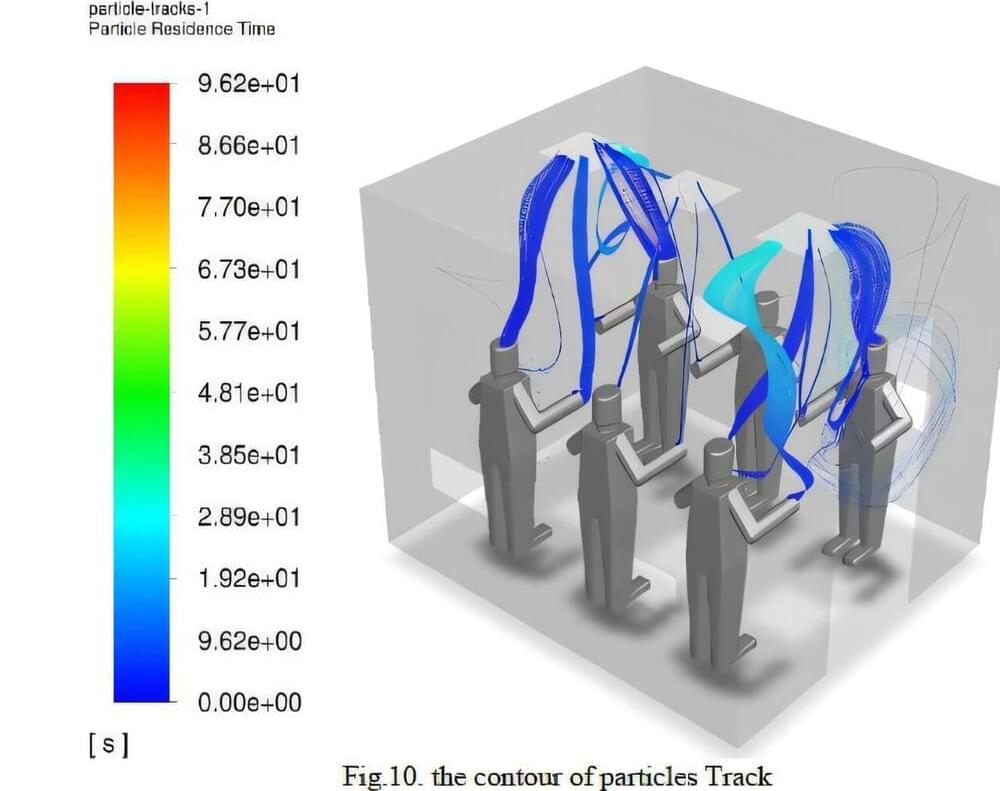

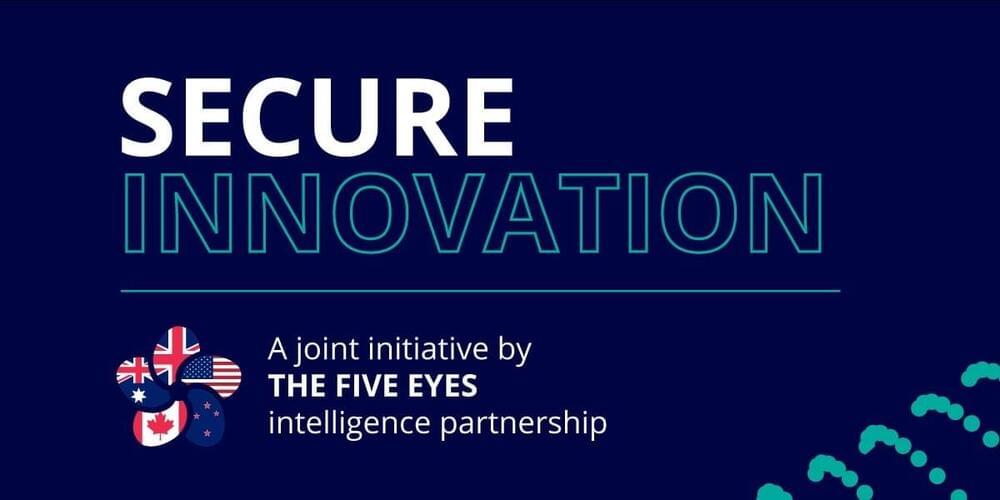
Australia has served up a Secure Innovation Placemat [PDF].
The wide variance in the documents is by design: each Five Eyes nation chose its own approach, although the campaign is a coordinated effort that is billed as “consistent and consolidated advice reflecting both the globalized and interconnected tech startup ecosystem as well as the global nature of the security threats startups face.” And everybody uses placemats.
Whether this advice will break through the “move fast and break things” culture that many startups nurture is anyone’s guess. The Register has reported on security and resilience troubles in the early years at Uber and Lyft, GitLab, and at OpenAI.


Toyota known for its hybrid innovation, has been cautious with fully electric vehicles (EVs), only launching its first EV, the bZ4X, in 2022.
Solid-state batteries are smaller and more durable, making them well-suited to daily fast charging and capable of carrying additional weight, like extra passengers or cargo. This technology has been difficult to scale up, but Toyota’s strong financial base and reputation for reliability position it uniquely to introduce these advanced batteries to the mainstream.
Historically, Toyota’s innovative, consumer-friendly designs, such as fuel-efficient cars in the 1970s and hybrids in the 1990s, have revolutionized the auto industry. Now, Toyota’s solid-state battery development could do the same, potentially transforming EVs from niche to mainstream by offering greater efficiency, performance, and convenience.
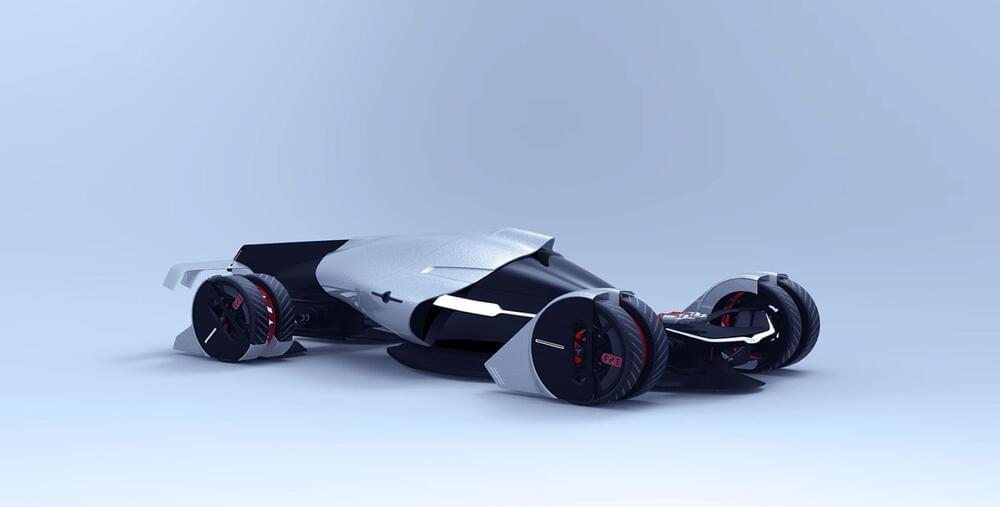
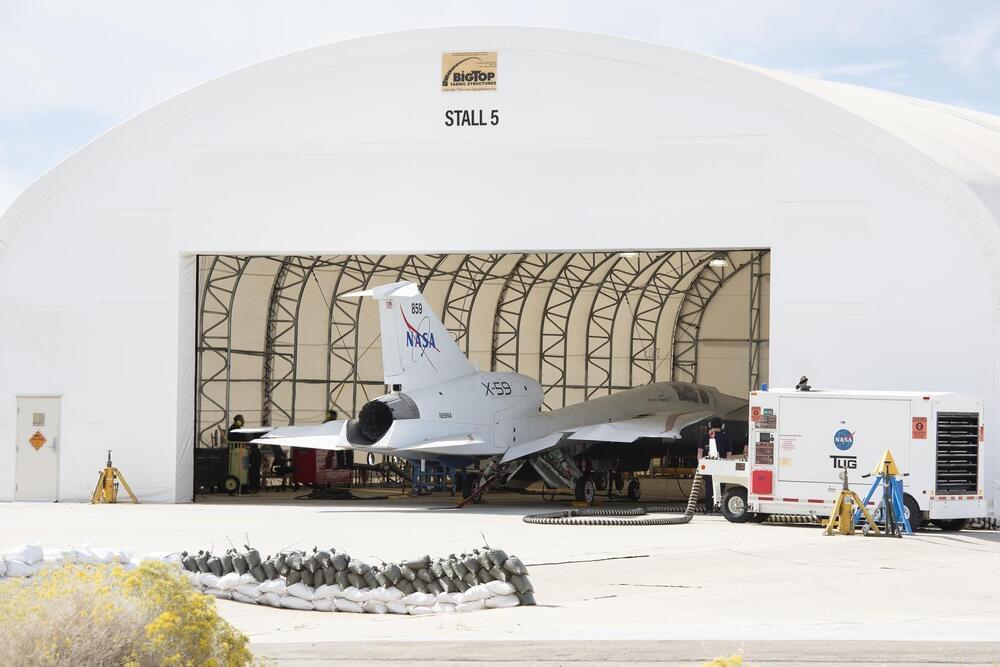
Lee esta historia en español aquí.
NASA’s Quesst mission marked a major milestone with the start of tests on the engine that will power the quiet supersonic X-59 experimental aircraft.
These engine-run tests, which began Oct. 30, allow the X-59 team to verify the aircraft’s systems are working together while powered by its own engine. In previous tests, the X-59 used external sources for power. The engine-run tests set the stage for the next phase of the experimental aircraft’s progress toward flight.

Besides Pokémon, there might have been no greater media franchise for a child of the 90s than the Transformers, mysterious robots fighting an intergalactic war but which can inexplicably change into various Earth-based object, like trucks and airplanes. It led to a number of toys which can also change shapes from fighting robots into various ordinary objects as well. And, perhaps in a way of life imitating art, plenty of real-life robots have features one might think were inspired by this franchise like this transforming quadruped robot.
Called the CYOBot, the robot has four articulating arms with a wheel at the end of each. The arms can be placed in a wide array of positions for different operating characteristics, allowing the robot to move in an incredibly diverse way. It’s based on a previous version called the CYOCrawler, using similar articulating arms but with no wheels. The build centers around an ESP32-S3 microcontroller, giving it plenty of compute power for things like machine learning, as well as wireless capabilities for control or access to more computing power.
Both robots are open source and modular as well, allowing a range of people to use and add on to the platform. Another perk here is that most parts are common or 3D printed, making it a fairly low barrier to entry for a platform with so many different configurations and options for expansion and development. If you prefer robots without wheels, though, we’d always recommend looking at Strandbeests for inspiration.


On a recent Friday afternoon, Kashif Hoda was waiting for a train near Harvard Square when a young man asked him for directions.
A month later, he found out just how strange. He had been an unwitting guinea pig in an experiment meant to show just how easy it was to rig artificial intelligence tools to identify someone and retrieve the person’s biographical information — potentially including a phone number and home address — without the person’s realizing it.
A friend texted Mr. Hoda, telling him that he was in a video that was going viral. Mr. Nguyen and a fellow Harvard student, Caine Ardayfio, had built glasses used for identifying strangers in real time, and had demonstrated them on two “real people” at the subway station, including Mr. Hoda, whose name was incorrectly transcribed in the video captions as “Vishit.”
